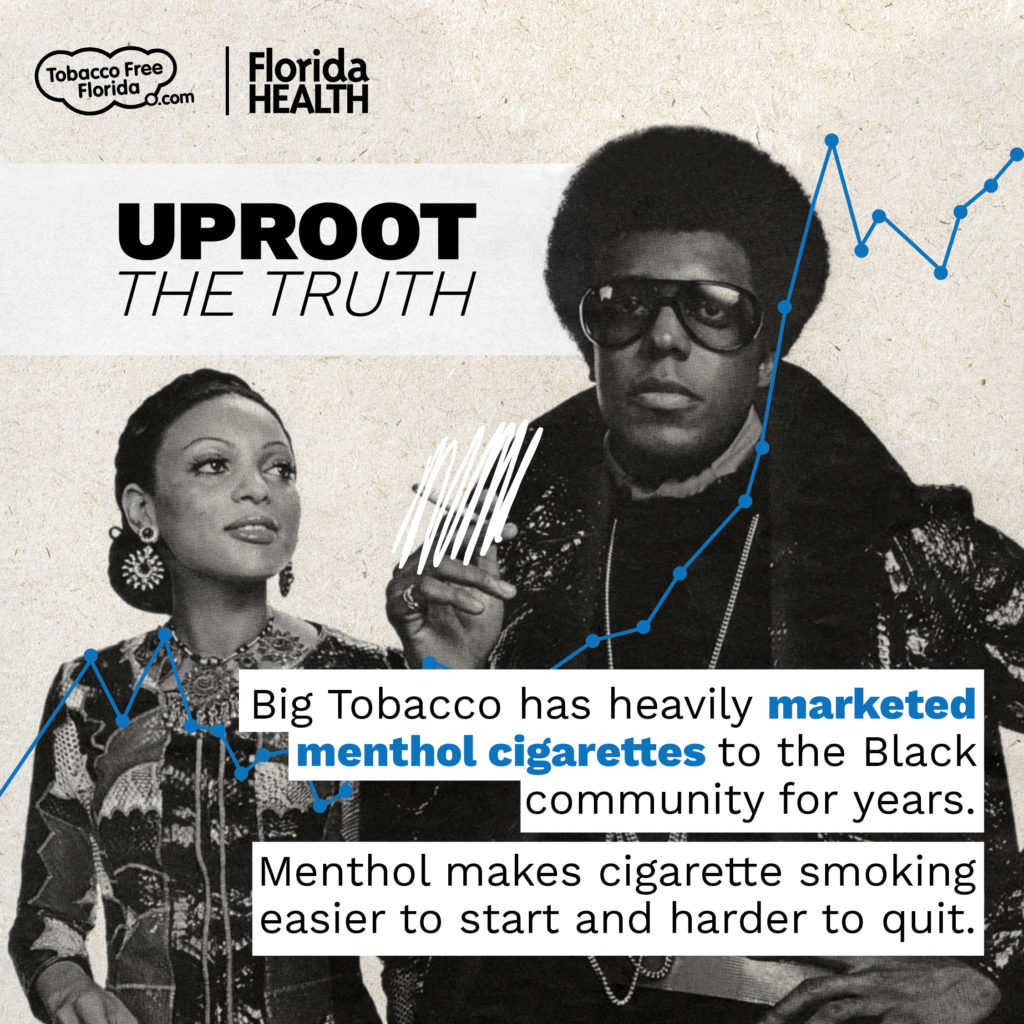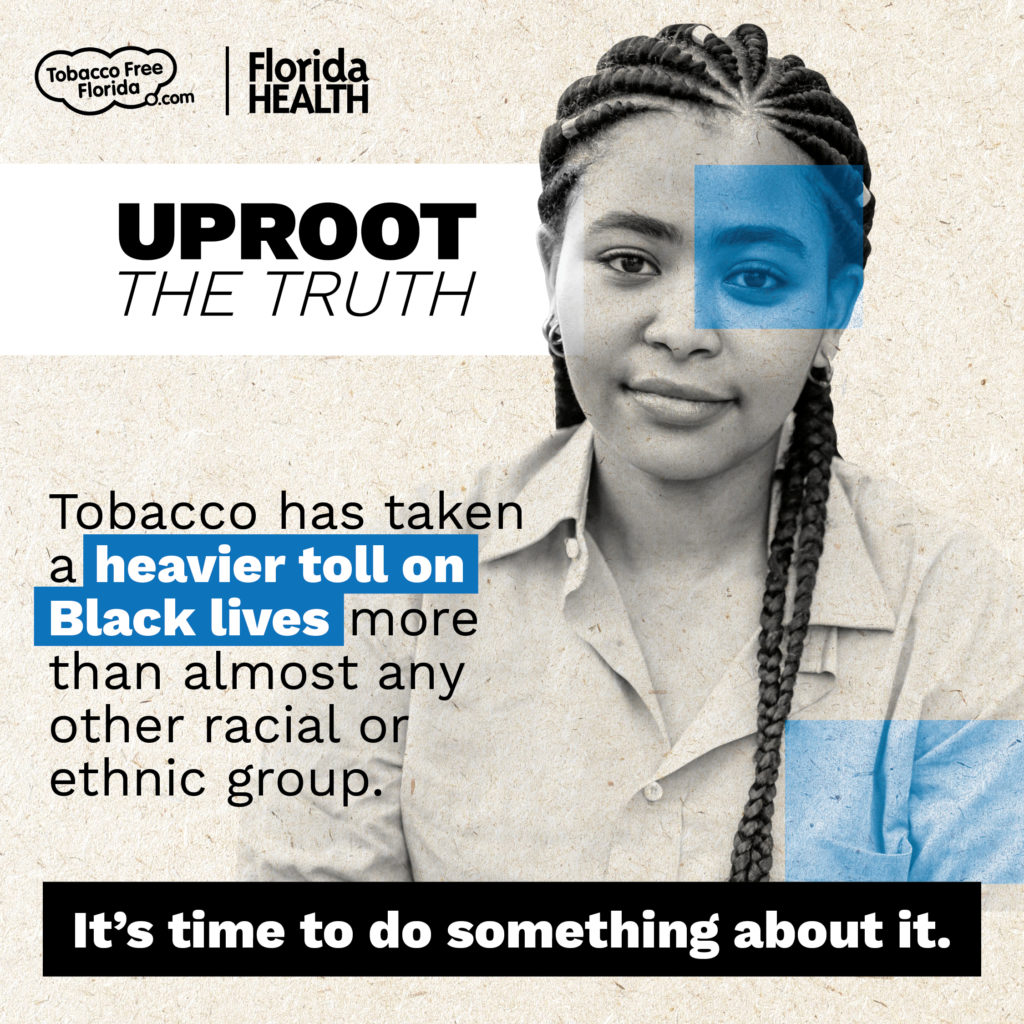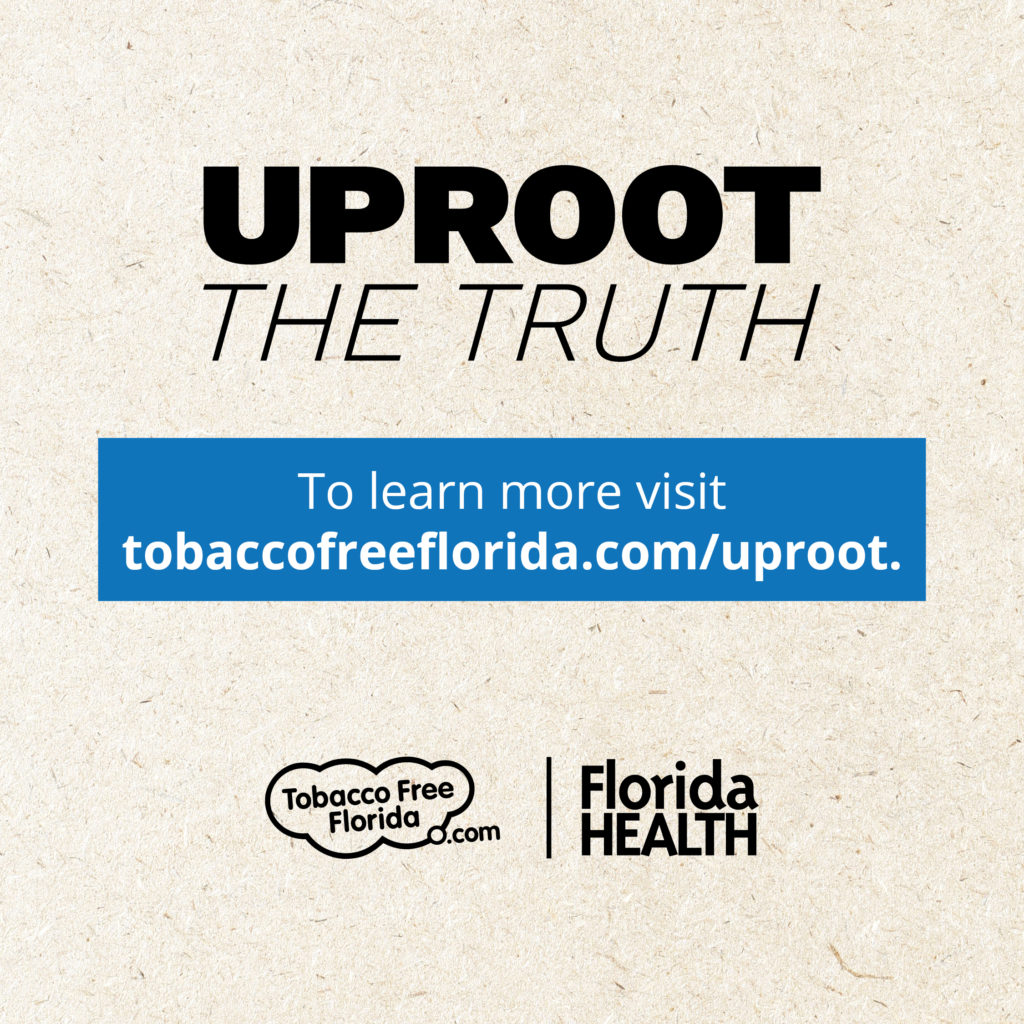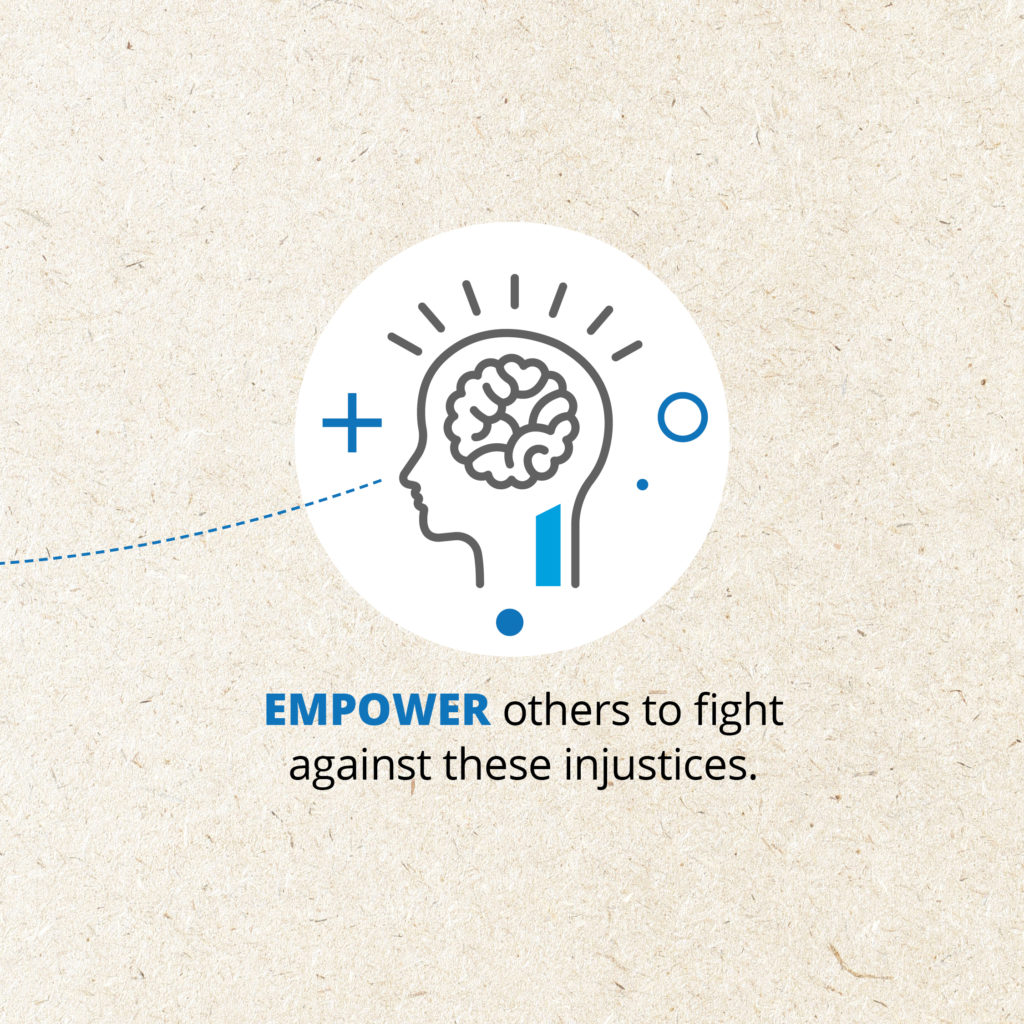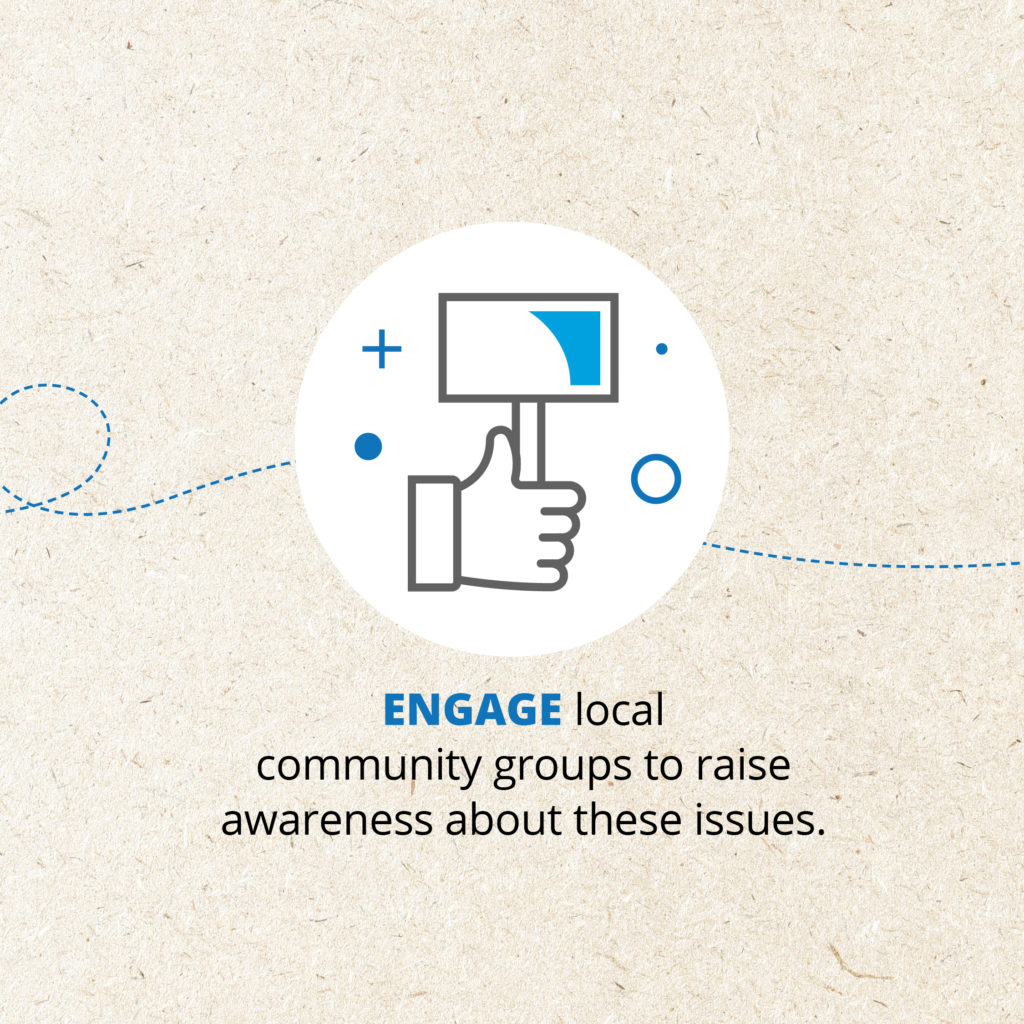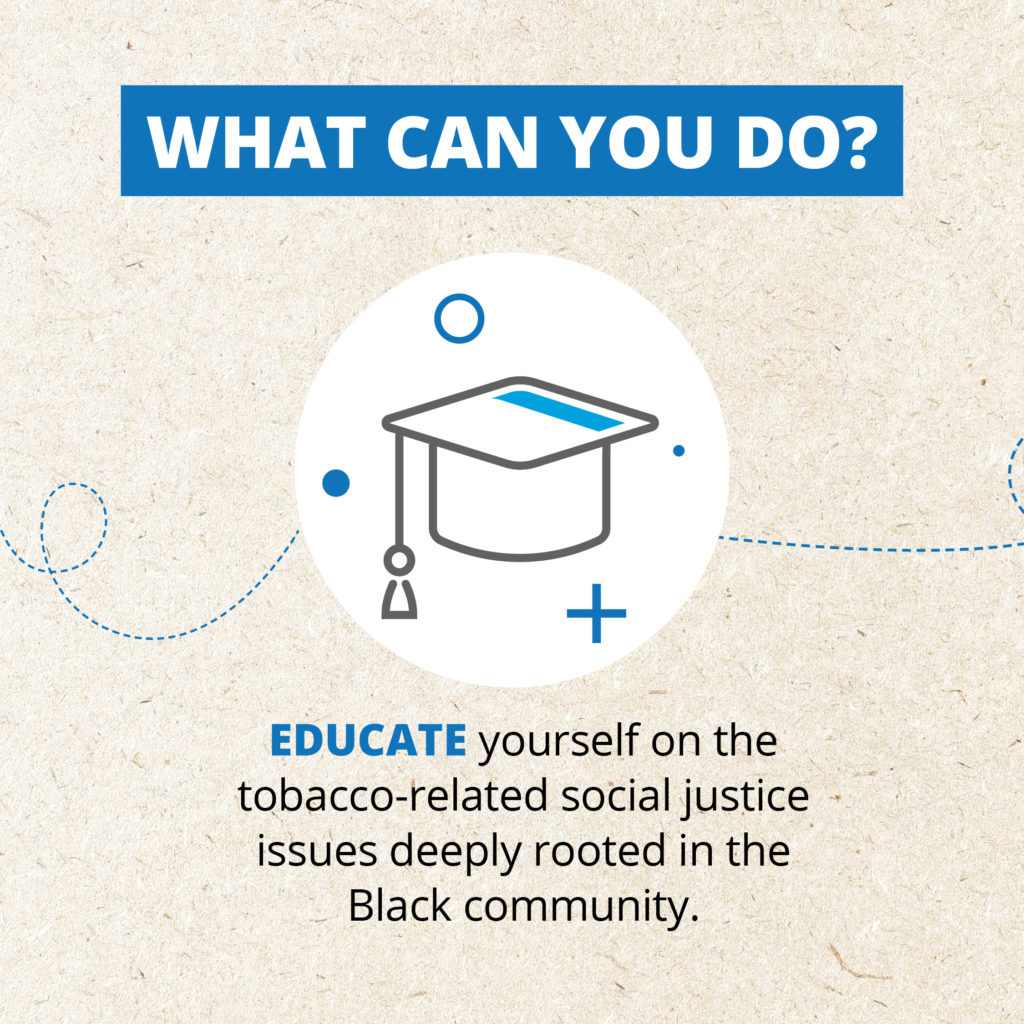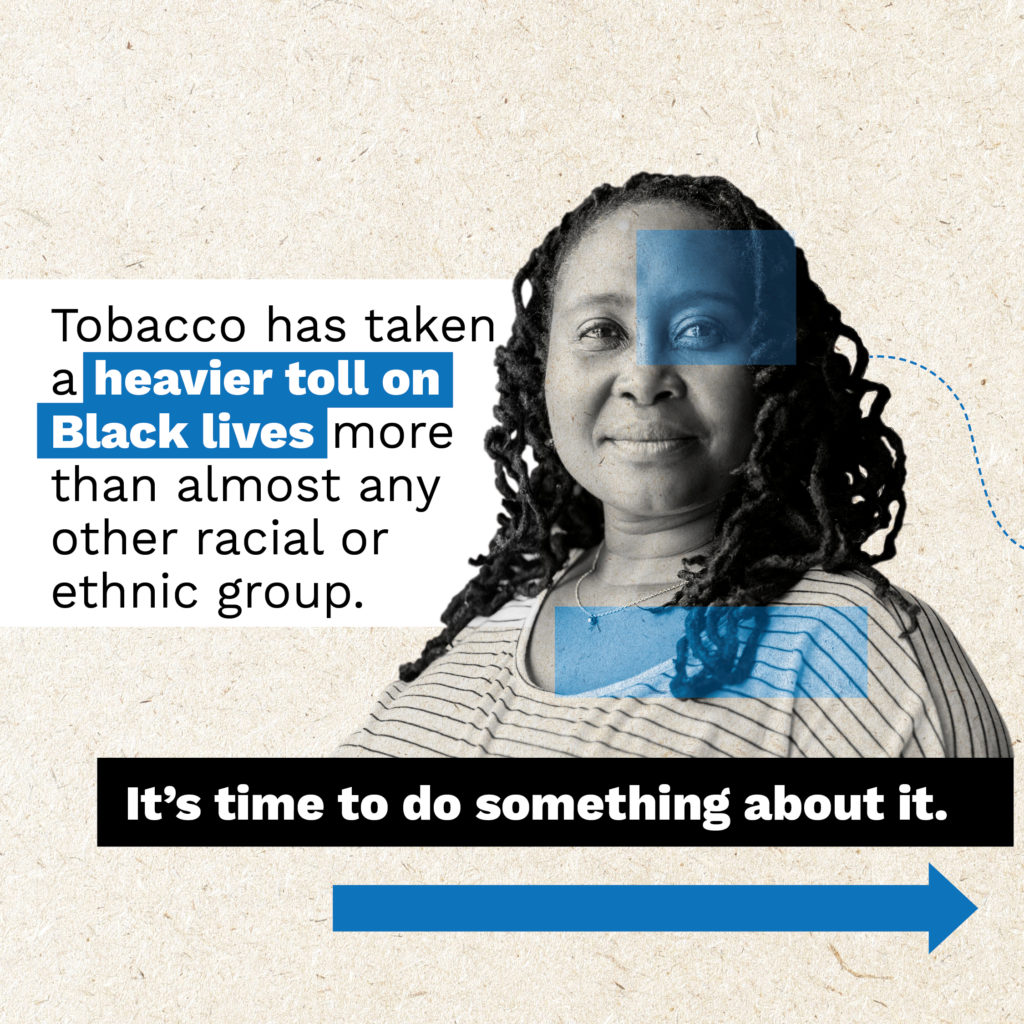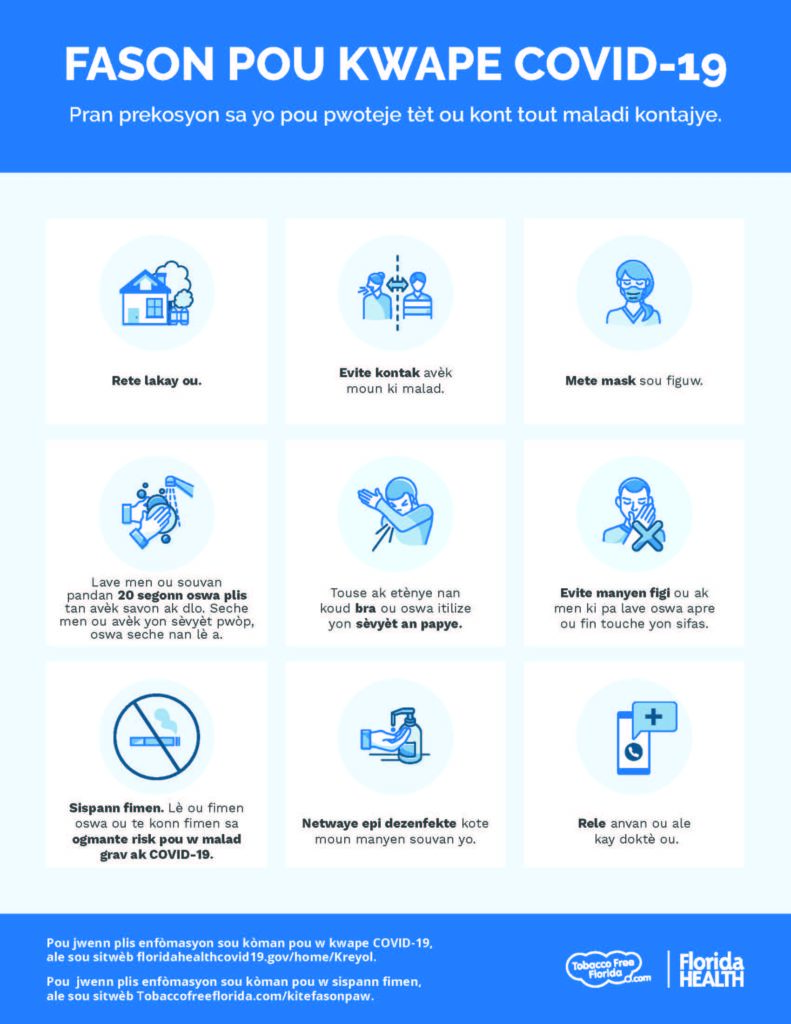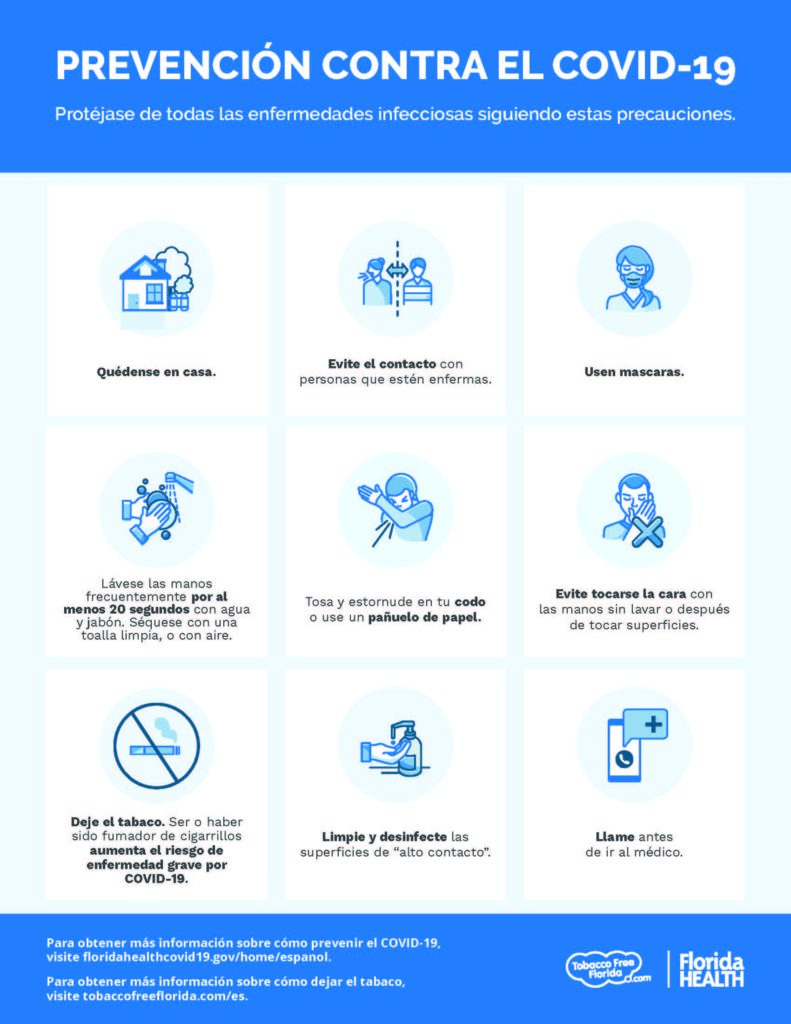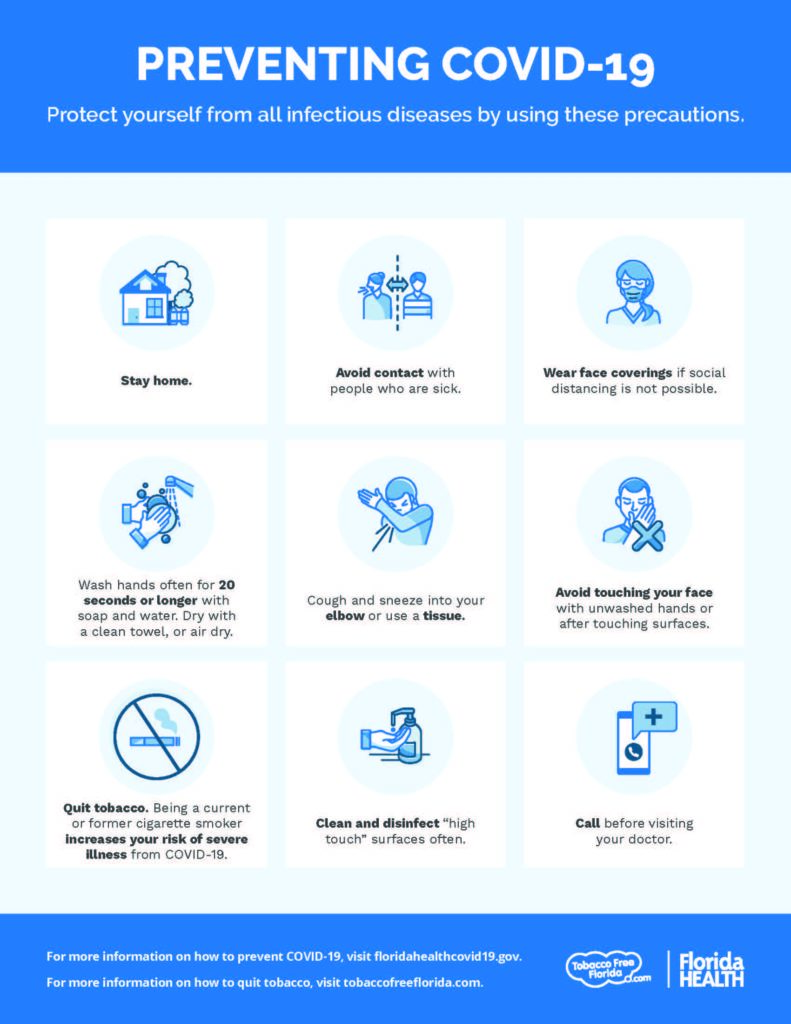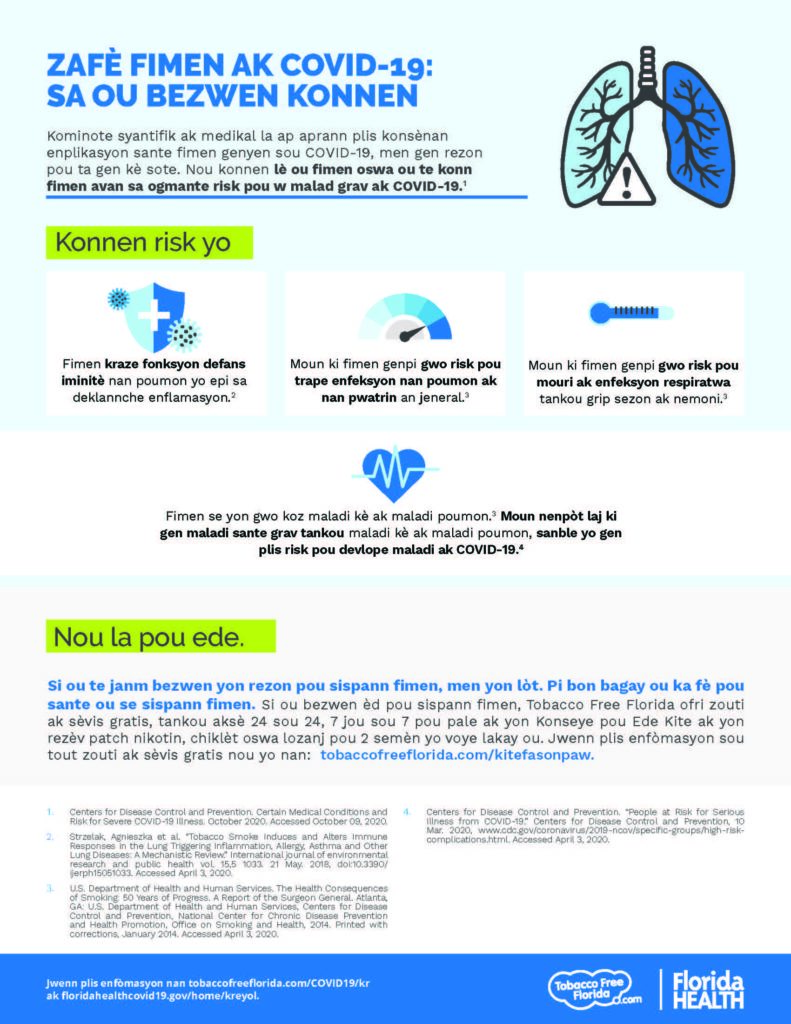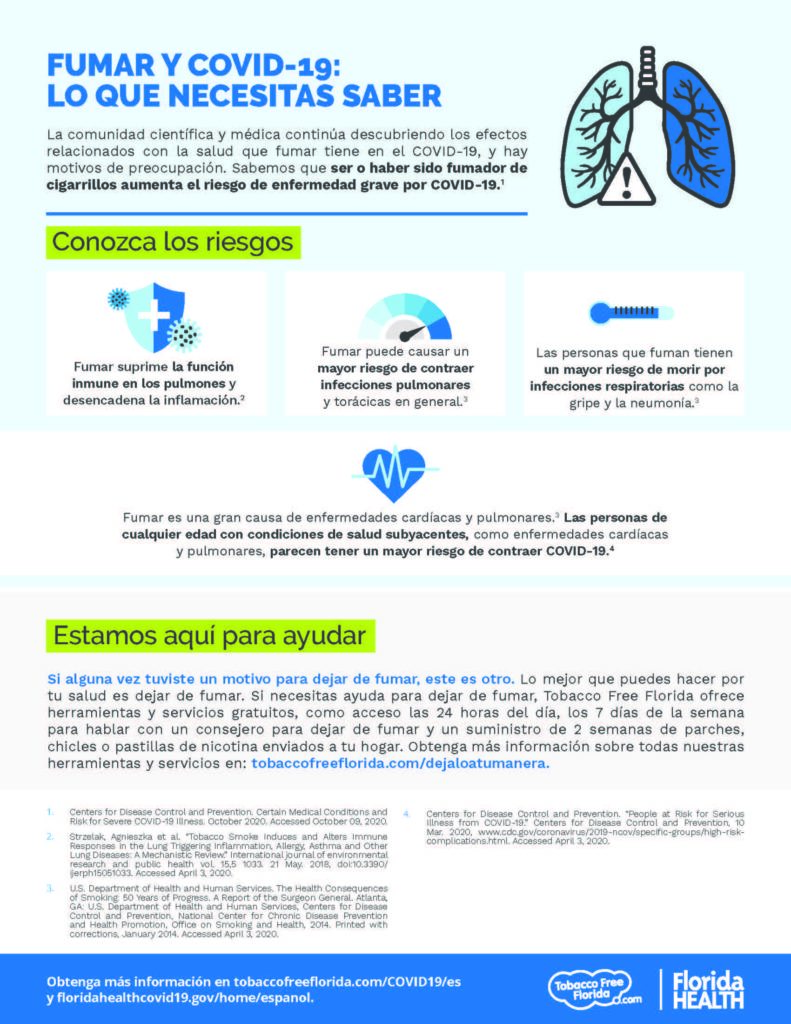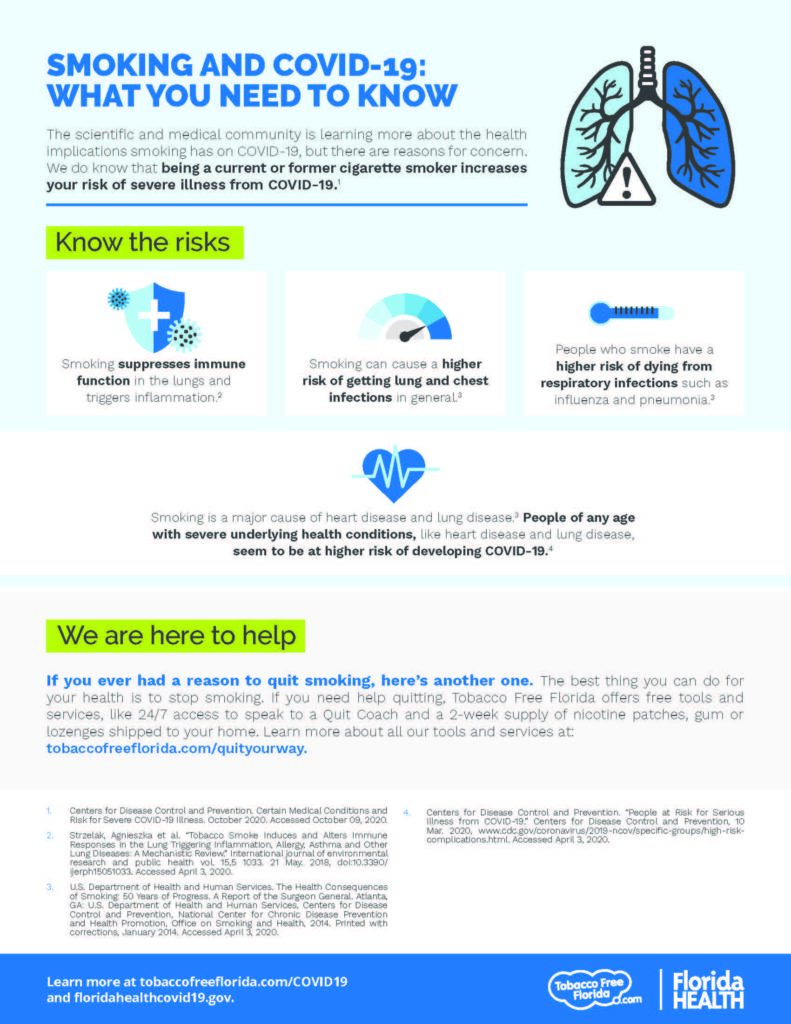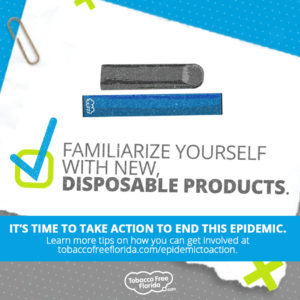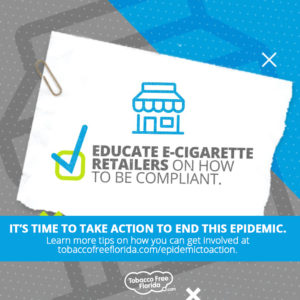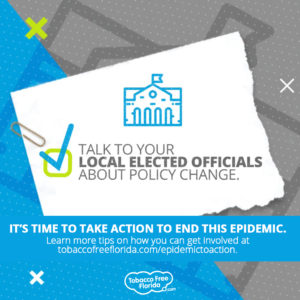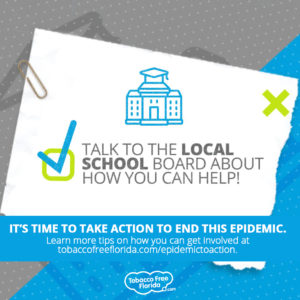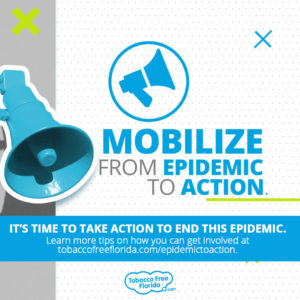Quitting Tobacco Takes Time… and Sometimes Several Attempts
Quitting tobacco is a process and, for many people, it requires several attempts to quit smoking for good. If you slip or relapse, don’t get discouraged. Smokers can and do quit smoking. In fact, today, there are more former smokers than current smokers in Florida. We know quitting tobacco is hard and, for many people, it requires several attempts to quit smoking for good. The road ahead may seem impossible, but remember that many others have been where you are today and have succeeded.
Here are some information, helpful tips and resources available to help you get back on track to a smokefree life!
What are smoking slips and relapses?
A slip is when, despite your best efforts, you have one or two cigarettes. A relapse is when you fall back to the point of being a regular smoker. While most slips or relapses occur within the first three months after quitting, they can happen any time.1
Why do people relapse?
Quitting smoking can be difficult because nicotine is a very powerful and addictive drug. While quitting, you may feel uncomfortable due to nicotine withdrawal. People who stop smoking often start again because of nicotine withdrawal symptoms. 2, 3, 4,
Common withdrawal symptoms include 5:
- Anxiety
- Depression
- Irritability
- Restlessness
- Insomnia
Cravings and triggers are also common and can make quitting more difficult. Certain triggers can even cause cravings to come back. Throughout this process, remember to stay positive. These symptoms show that your body is healing from the damage that tobacco has done.
What do I do if had a slip or relapse after quitting?
Don’t be hard on yourself. Understand what led to your relapse and what your triggers are. Think about what helped you during previous attempts and consider what you can do differently next time. Once you’re ready, try again and get back on track!
You can get more helpful tips here.
How can I be more successful in quitting?
- Create a Quit Plan: Building a quit plan and using proven-effective resources, like Tobacco Free Florida, can significantly increase your chances of quitting smoking for good. 6,7,8 Few smokers who try to quit seek help, and most quit attempts fail. 9 Yet, about three in five adults who have ever smoked have now quit, 10 suggesting that most smokers who keep trying eventually succeed. 11, 12 Don’t give up.
- Set a Quit Date: Tobacco Free Florida encourages smokers who are ready to quit to set a quit date in the near future. This will help keep you prepared, focused, and motivated.
- Use Nicotine Replacement Therapy: Quit smoking medications, such as nicotine replacement therapy (NRT), help reduce withdrawal symptoms and cigarette cravings. These medications can also double your chances of quitting for good. 13 Counseling and medication are both effective to help you quit smoking, and using them together is more effective than using either one alone. 14
- Talk to a Doctor: Talk to a healthcare provider, like your doctor, dentist or pharmacist. People who talk to a healthcare provider about quitting or use evidence-based resources, like Tobacco Free Florida, are more successful than those who go at it alone.
I’m ready to quit! What do I do next?
It’s time to Quit Your Way! Tobacco Free Florida offers tools and services that are proven to help you quit smoking. And best of all, they’re FREE! Learn more and sign up at: tobaccofreeflorida.com/quityourway.
1 “Slips Happen.” Stay Smokefree for Good. Smokefree.gov, smokefree.gov/stay-smokefree-good/stick-with-it/slips-happen. [accessed 2019 July 29].
2 U.S. Department of Health and Human Services. How Tobacco Smoke Causes Disease: The Biology and Behavioral Basis for Smoking-Attributable Disease: A Report of the Surgeon General. Atlanta: U.S. Department of Health and Human Services, Centers for Disease Control and Prevention, National Center for Chronic Disease Prevention and Health Promotion, Office on Smoking and Health, 2010 [accessed 2019 July 29].
3 U.S. Department of Health and Human Services. Reducing Tobacco Use: A Report of the Surgeon General. Atlanta: U.S. Department of Health and Human Services, Centers for Disease Control and Prevention, National Center for Chronic Disease Prevention and Health Promotion, Office on Smoking and Health, 2000 [accessed 2019 July 29].
4 Fiore MC, Jaén CR, Baker TB, et al. Treating Tobacco Use and Dependence: 2008 Update—Clinical Practice Guidelines. Rockville (MD): U.S. Department of Health and Human Services, Public Health Service, Agency for Healthcare Research and Quality, 2008 [accessed 2019 July 29].
5 Rigotti, Nancy A. “Strategies to help a smoker who is struggling to quit” JAMA vol. 308,15 (2012): 1573-80.
6 US Public Health Service. Treating tobacco use and dependence: 2008 update. Clinical practice guideline. Rockville, MD: US Department of Health and Human Services, US Public Health Service; 2008. https://www.ahrq.gov/professionals/clinicians-providers/guidelines-recommendations/tobacco/index.html
7 US Public Health Service. Treating tobacco use and dependence: 2008 update. Clinical practice guideline. Rockville, MD: US Department of Health and Human Services, US Public Health Service; 2008. https://www.ahrq.gov/professionals/clinicians-providers/guidelines-recommendations/tobacco/index.html
8 Patnode CD, Henderson JT, Thompson JH, Senger CA, Fortmann SP, Whitlock EP. Behavioral counseling and pharmacotherapy interventions for tobacco cessation in adults, including pregnant women: a review of reviews for the U.S. Preventive Services Task Force. Ann Intern Med 2015;163:608–21
9 Quitting smoking among adults–United States, 2001-2010. Centers for Disease Control and Prevention (CDC). MMWR Morb Mortal Wkly Rep. 2011 Nov 11; 60(44):1513-9.
10 Babb S, Malarcher A, Schauer G, Asman K, Jamal A. Quitting Smoking Among Adults — United States, 2000–2015. MMWR Morb Mortal Wkly Rep 2017;65:1457–1464. DOI: https://dx.doi.org/10.15585/mmwr.mm6552a1 [accessed 2019 July 29].
11 Center for Disease Control and Prevention. Vital signs: Current cigarette smoking among adults aged ≥18 years — United states, 2005–2010. MMWR. 2011;60:1–5.
12 Center for Disease Control and Prevention. Cigarette Smoking Among Adults and Trends in Smoking Cessation — United States, 2008. 2009;58:1227–1232
13 Centers for Disease Control and Prevention (CDC). Learn About Nicotine Replacement Therapy. (Dec. 2018). https://www.cdc.gov/tobacco/campaign/tips/quit-smoking/guide/explore-medications.html [accessed 2019 July 29].
14 Fiore MC, Jaén CR, Baker TB, et al. Treating Tobacco Use and Dependence: 2008 Update—Clinical Practice Guidelines. Rockville (MD): U.S. Department of Health and Human Services, Public Health Service, Agency for Healthcare Research and Quality, 2008 [a [accessed 2019 July 29].


